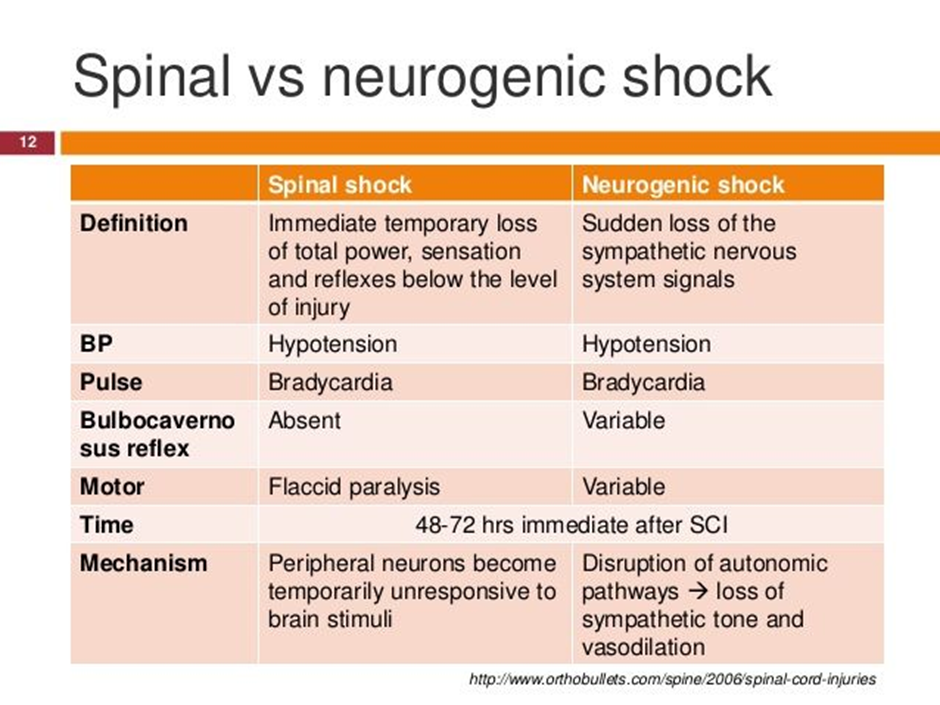A nurse is caring for a client who has chronic migraine headaches. The client asks the nurse if it could be a cerebral aneurysm. Which of the follow responses should the nurse use?
"If you have a cerebral aneurysm, you would be having seizures."
"If you have a cerebral aneurysm, you will experience nausea and vomiting."
"If you had a cerebral aneurysm, you would have a stiff neck."
"If you have a cerebral aneurysm, you typically will have no symptoms."
The Correct Answer is D
"If you have a cerebral aneurysm, you would be having seizures. “is incorrect because not all cerebral aneurysms cause seizures. Seizures may occur if the aneurysm ruptures and causes bleeding into the brain, but they are not a universal symptom of an unruptured cerebral aneurysm.
Choice B Reason:
"If you have a cerebral aneurysm, you will experience nausea and vomiting. “is incorrect because while headaches, nausea, and vomiting can occur with a ruptured cerebral aneurysm (subarachnoid hemorrhage), they are not necessarily present in all cases, especially with unruptured aneurysms.
Choice C Reason:
"If you had a cerebral aneurysm, you would have a stiff neck." is incorrect because a stiff neck (meningeal irritation) is typically associated with subarachnoid hemorrhage from a ruptured cerebral aneurysm, but it is not always present and is not a definitive symptom of an unruptured aneurysm.
Choice D Reason:
"If you have a cerebral aneurysm, you typically will have no symptoms." Cerebral aneurysms can vary greatly in terms of their presentation and symptoms. While some aneurysms may cause symptoms such as headaches, nausea, vomiting, seizures, or a stiff neck, many cerebral aneurysms are asymptomatic and go unnoticed until they rupture or are incidentally discovered during imaging studies for other reasons.
Nursing Test Bank
Naxlex Comprehensive Predictor Exams
Related Questions
Correct Answer is ["A","B","D","E"]
Explanation
Choice A Reason:
Sexual intercourse is correct. Stimulation of the genitalia or other areas below the level of injury can trigger autonomic dysreflexia in individuals with spinal cord injuries.
Choice B Reason:
Tight clothing is correct. Any form of tight or restrictive clothing, including belts or waistbands, can stimulate the body below the level of injury and trigger autonomic dysreflexia.
Choice C Reason:
Nausea is incorrect. While nausea itself is not a common trigger for autonomic dysreflexia, it may occur as a result of the condition. Autonomic dysreflexia can cause a variety of symptoms, including nausea, due to the sudden increase in blood pressure.
Choice D Reason:
Surgery below the level of injury is correct. Surgical procedures performed below the level of the spinal cord injury can lead to stimulation of the body below the injury site, triggering autonomic dysreflexia.
Choice E Reason:
Urinary tract infections (UTIs) is correct. Infections of the urinary tract, especially those involving the bladder or urethra, can stimulate the body below the level of injury, leading to autonomic dysreflexia.
Correct Answer is ["B","D","E"]
Explanation
Choice A Reason:
Metoprolol is incorrect. Metoprolol is a beta-blocker medication commonly used to treat conditions such as hypertension, angina, and heart failure. However, in the context of neurogenic shock following a spinal cord injury, the use of beta-blockers such as metoprolol is generally contraindicated. Beta-blockers antagonize the effects of sympathetic activation, leading to a reduction in heart rate and myocardial contractility, which can exacerbate hypotension and bradycardia, the hallmarks of neurogenic shock. Therefore, the nurse would not anticipate a prescription for metoprolol in the management of neurogenic shock.
Choice B Reason:
Lactated Ringers intravenous fluid is correct. Fluid resuscitation with isotonic crystalloid solutions such as lactated Ringers is essential to restore intravascular volume and improve perfusion.
Choice C Reason:
Furosemide is incorrect. Furosemide is a loop diuretic medication commonly used to treat conditions such as heart failure, edema, and hypertension by promoting diuresis and reducing fluid volume. However, in the context of neurogenic shock, the use of diuretics such as furosemide is generally not indicated unless there is concurrent volume overload. Neurogenic shock is characterized by hypotension due to vasodilation and decreased systemic vascular resistance, often leading to relative hypovolemia rather than volume overload. Therefore, administering furosemide could further decrease intravascular volume, exacerbating hypotension and compromising perfusion. As a result, the nurse would not anticipate a prescription for furosemide in the management of neurogenic shock.:
Choice D Reason:
Dopamine is correct. Dopamine is a vasopressor medication that acts to increase vascular tone and blood pressure by stimulating alpha-adrenergic receptors. It is commonly used in the management of neurogenic shock to augment blood pressure.
Choice E Reason:
Epinephrine is correct. Epinephrine is a potent vasopressor that acts on both alpha and beta-adrenergic receptors, leading to vasoconstriction and increased cardiac output. It is used in the treatment of refractory hypotension in neurogenic shock.

Whether you are a student looking to ace your exams or a practicing nurse seeking to enhance your expertise , our nursing education contents will empower you with the confidence and competence to make a difference in the lives of patients and become a respected leader in the healthcare field.
Visit Naxlex, invest in your future and unlock endless possibilities with our unparalleled nursing education contents today
Report Wrong Answer on the Current Question
Do you disagree with the answer? If yes, what is your expected answer? Explain.
Kindly be descriptive with the issue you are facing.
